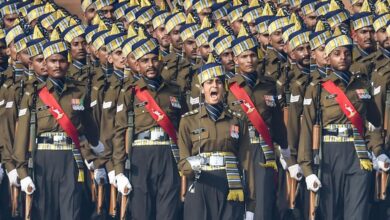Nonetheless, the Su-35 takes the crown of best dogfighter, and also remains a very capable and versatile missile platform against both air and ground targets, though it is held back by its lack of state-of-the-art AESA radar.
I have been asked to compare the venerable American F-15 Eagle fighter to Russia’s new competitor for the crown of best Fourth Generation fighter, the Su-35S “Flanker E.”
The former is the airplane that in many ways defined what a Fourth Generation fighter can do. Introduced in the 1970s, it has been extensively updated to keep with the times—and hundreds will remain in service for decades to come.
The latter is an upgraded Su-27 Flanker—the Soviet-era counterpart to the F-15—now sporting modernized avionics and munitions, fancy vector-thrust engines and a fresh coat of radar-absorbent paint.
I’ve written in detail about the Su-35S before, and the National Interest’s Dave Majumdar has written an excellent analysis of how the two aircraft would fare in aerial clash.
He concluded that regardless of their differences, the two aircraft were more or less closely matched. As a result, supporting assets and pilot skill are more likely to determine the outcomes of an engagement between the two rather than any technological gap.








Facebook Comments